We’re advancing a research engine encompassing a wide range of technologies and modalities, including artificial intelligence-driven protein engineering, gene therapy, and protein manufacturing. By pushing the boundaries of what’s possible within these areas, our Research teams across San Diego, New Hampshire, New Jersey, and Cambridge, UK aim to address numerous challenges facing the development of novel gene therapies and protein therapeutics. Their efforts will fuel our pipeline for years to come, enabling us to develop new and cutting-edge technologies that may address a broad range of rare diseases across therapeutic areas.
Discovery Dialogues at Insmed
Sit down with members of Insmed’s global Research team as they discuss our approach to developing life-transforming medicines while tackling some of the most pressing scientific challenges today.
Gene Therapy with
Targeted Delivery
The potential benefits of today’s gene therapies are limited by high dose requirements and systemic delivery methods, which often lead to increased risks of toxicity and off-target transduction. To combat these limitations, we are pioneering the development of next generation gene therapies that are delivered intrathecally to target the heart and skeletal muscle. This targeted mode of delivery may offer significant dose reduction, with the goal of an enhanced safety profile while remaining efficacious.
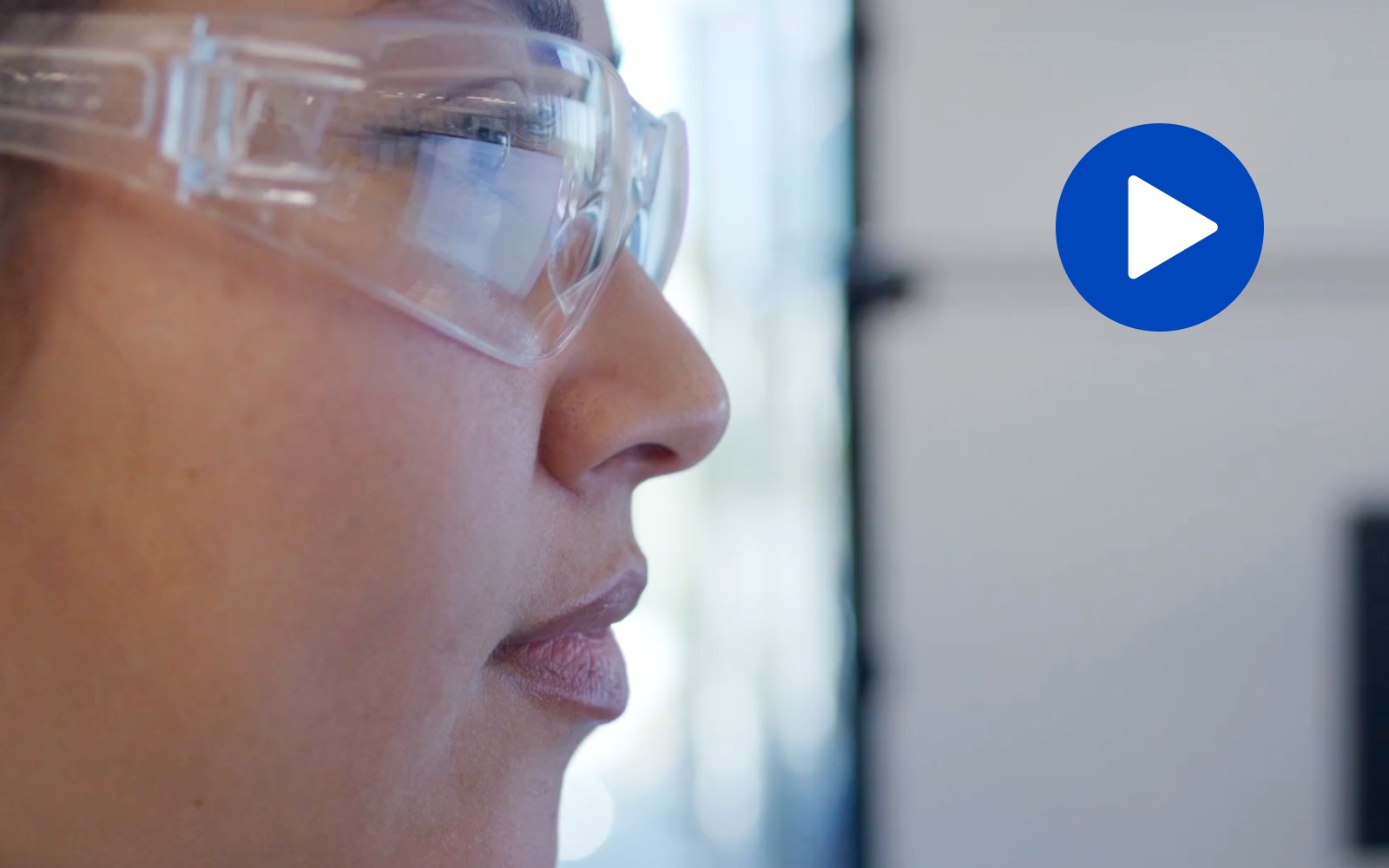
Learn more about our approach to gene therapy
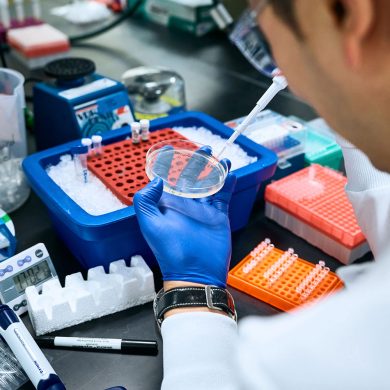
RNA End-Joining Technology
Our RNA end-joining (REJ) technology may offer a solution for a second limitation of today’s gene therapies – the inability to target large genes with current delivery methods. While adeno-associated virus (AAV) vectors are the preferred delivery method for gene therapies, they can only hold genes of a certain size. Our proprietary REJ platform enables us to split large genes into multiple AAV capsids and reconstitute them once administered. This technology has the potential to unlock new possibilities for employing gene therapy to treat diseases caused by large genes that have historically not been viable targets for gene therapy.
Protein Deimmunization
Immunogenicity presents challenges for both gene therapies and protein therapeutics. For gene therapies, it prevents patients from receiving repeat doses and can limit the use of a vector to which patients may have developed natural immunity. For protein therapeutics, it limits the usefulness of current therapies and stifles innovation in the development of new ones. Our proprietary protein deimmunization platform, Deimmunized by Design® (DbD), offers a potential solution by using artificial intelligence to reengineer proteins to silence their immunogenic properties while maintaining their therapeutic activity. Using the DbD platform, we are working to develop re-dosable gene therapies to potentially unlock new, high unmet need disease targets as well as protein therapeutics with the goal of being less immunogenic.
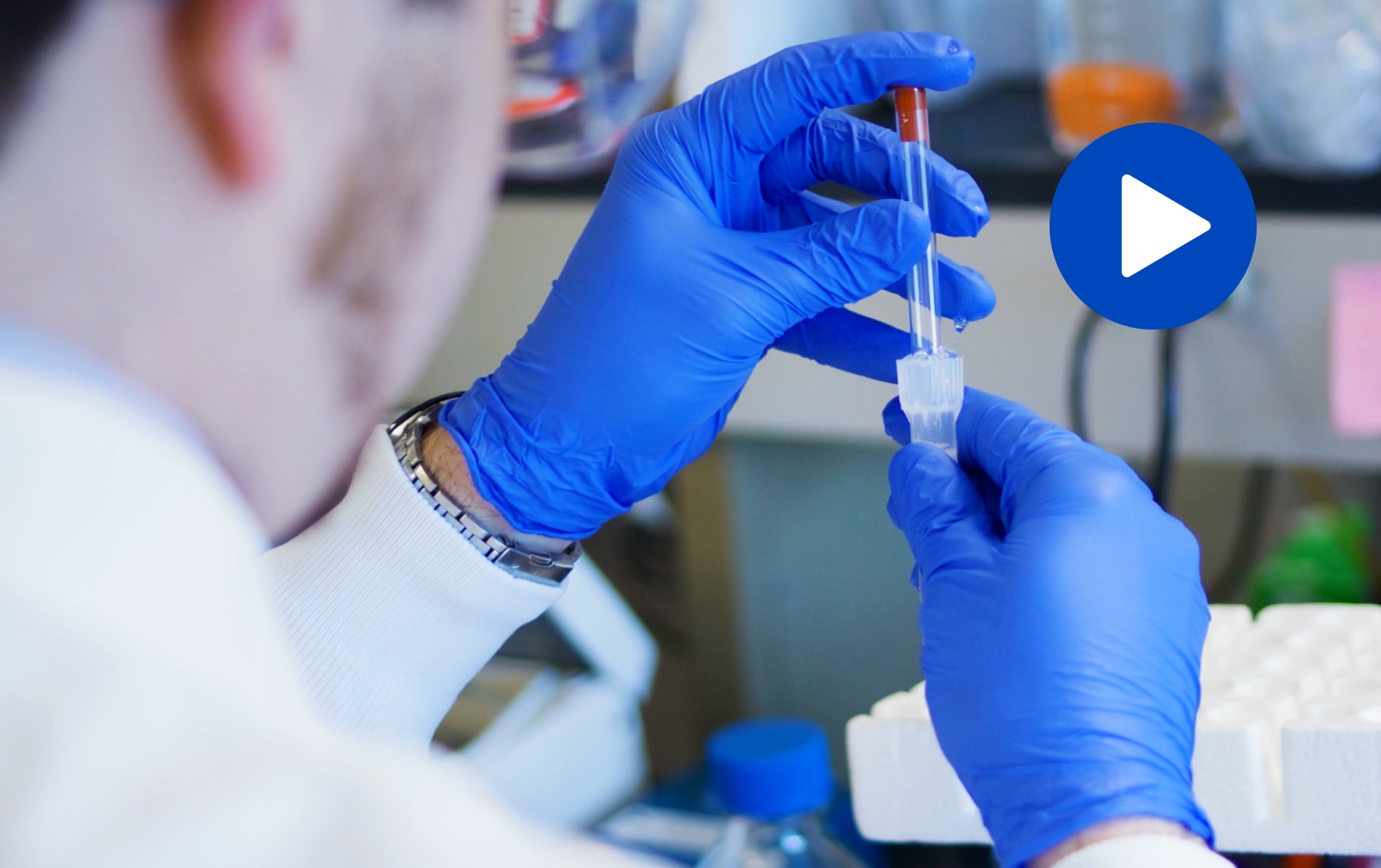
Learn more about our proprietary protein deimmunization platform
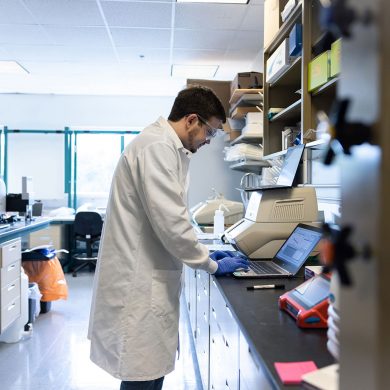
Proprietary Manufacturing
Our new, proprietary protein manufacturing platform has the potential to reduce the cost, time, and complexity of producing therapeutic proteins and viral vectors for gene therapy. We are advancing a ground-breaking technique that addresses the complexity and cost of current cell production approaches by taking advantage of the unique properties of algae. With potential benefits including rapid scalability, no plasmid transfection, low production costs, and ease of culturing and maintenance, we believe this platform may fundamentally transform protein manufacturing.
Synthetic Rescue
Despite ongoing advances in genetic technologies, the successful treatment of many genetic diseases remains out of reach. Our leading synthetic rescue platform provides a possible solution to this challenge by identifying targets outside the disrupted biological pathway which, when modulated, restore cell health. This scalable platform couples cutting-edge molecular and cell biology techniques with sophisticated analysis of human genetics datasets. Following robust validation of new targets, we select the best drug modality (e.g., small molecule, oligonucleotide, or gene therapy) to potentially deliver powerful new ways of treating a broad range of serious and rare diseases.
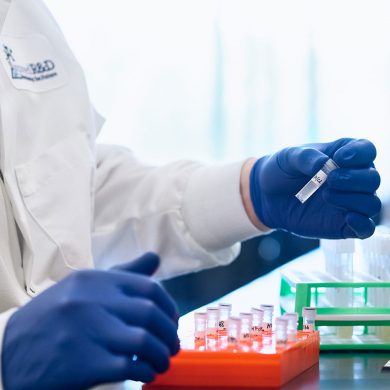
The platforms and technologies that comprise our early-stage research pillar are uniquely synergistic with one another and complementary to the rest of our business.
Taken together, they have the potential to change how we think about treating rare diseases and deliver real and meaningful results to patients. As we advance our fourth pillar, we also continue to assess new and attractive early-stage platform technologies that will complement our existing programs and bring us closer to achieving our mission.
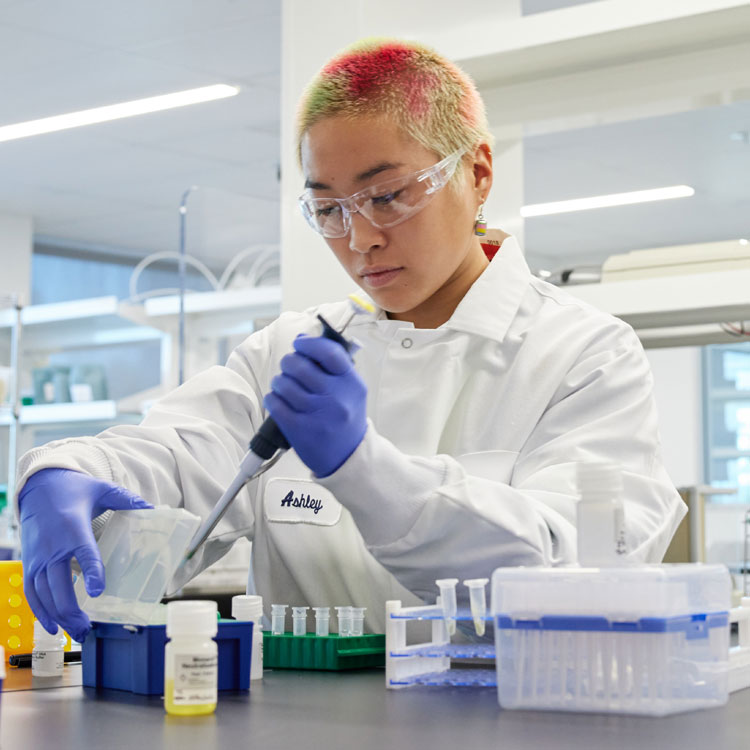
 Your Privacy Choices
Your Privacy Choices